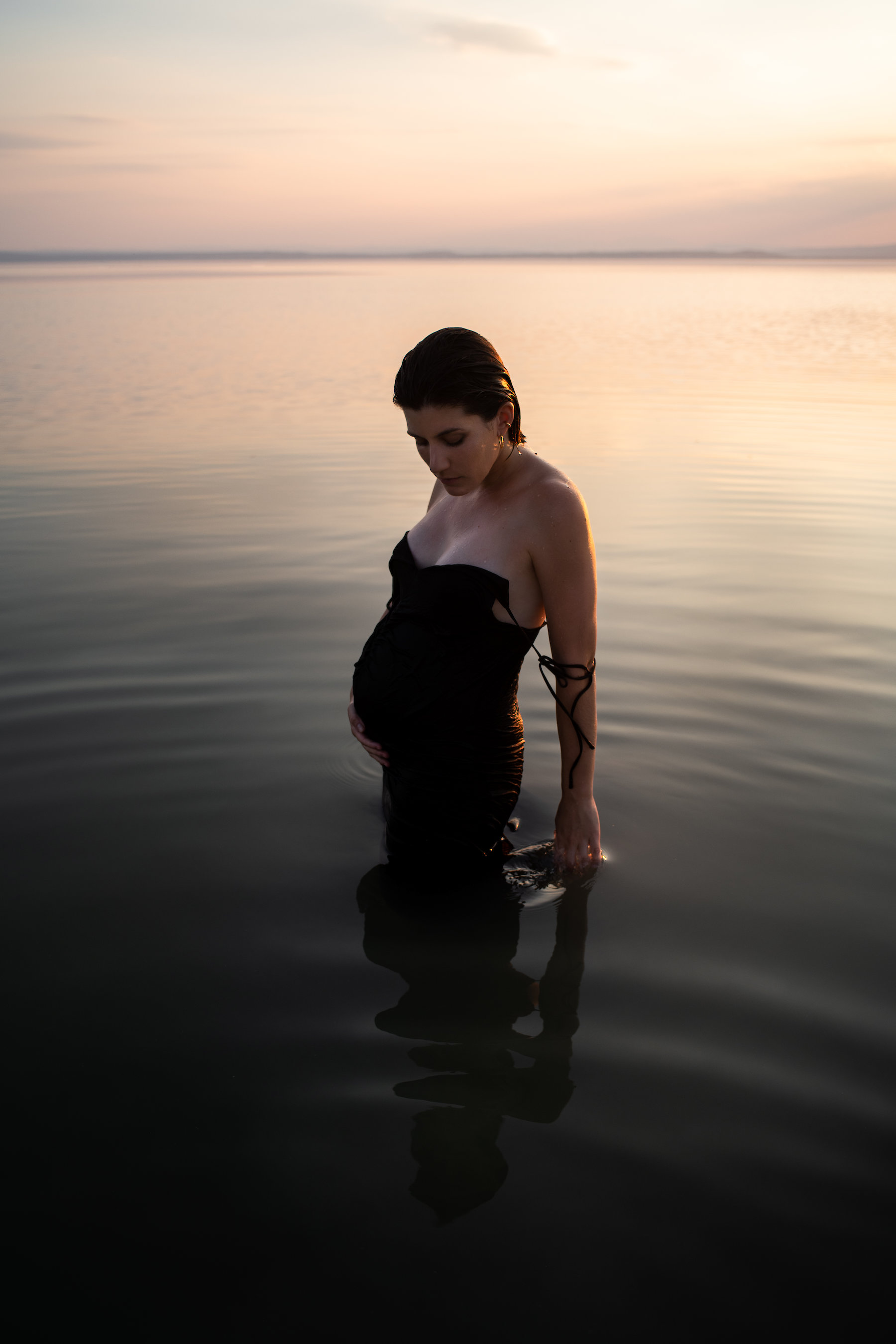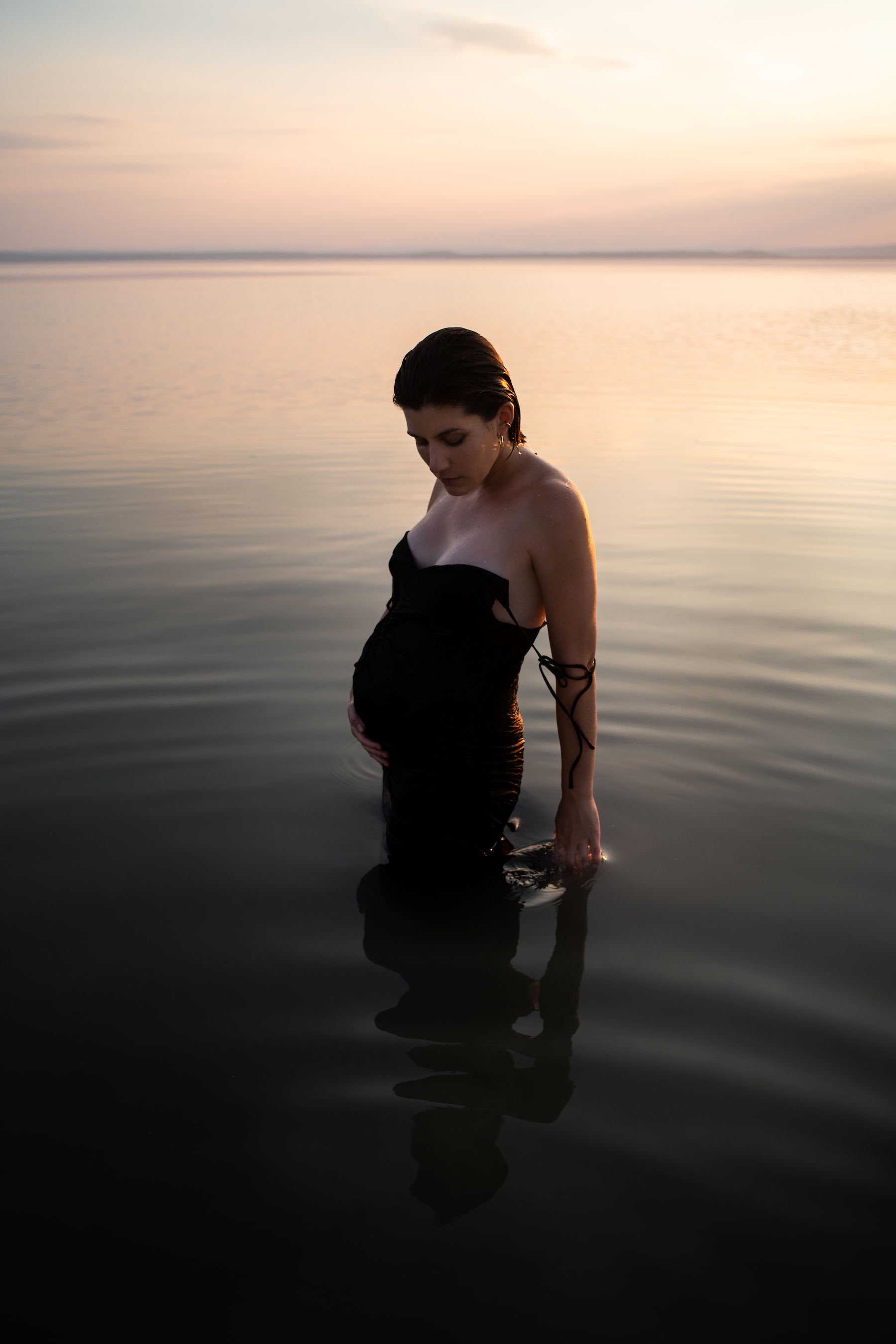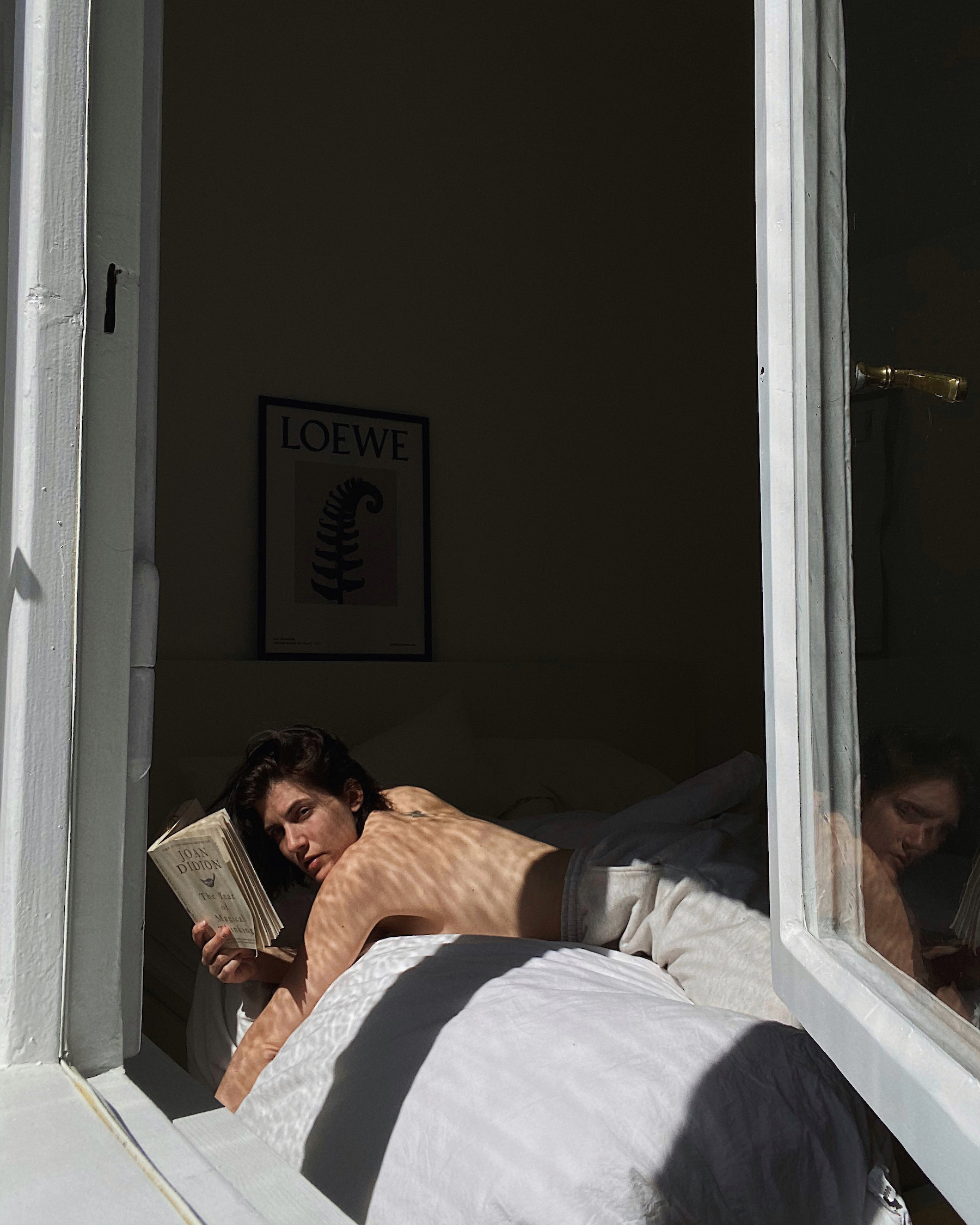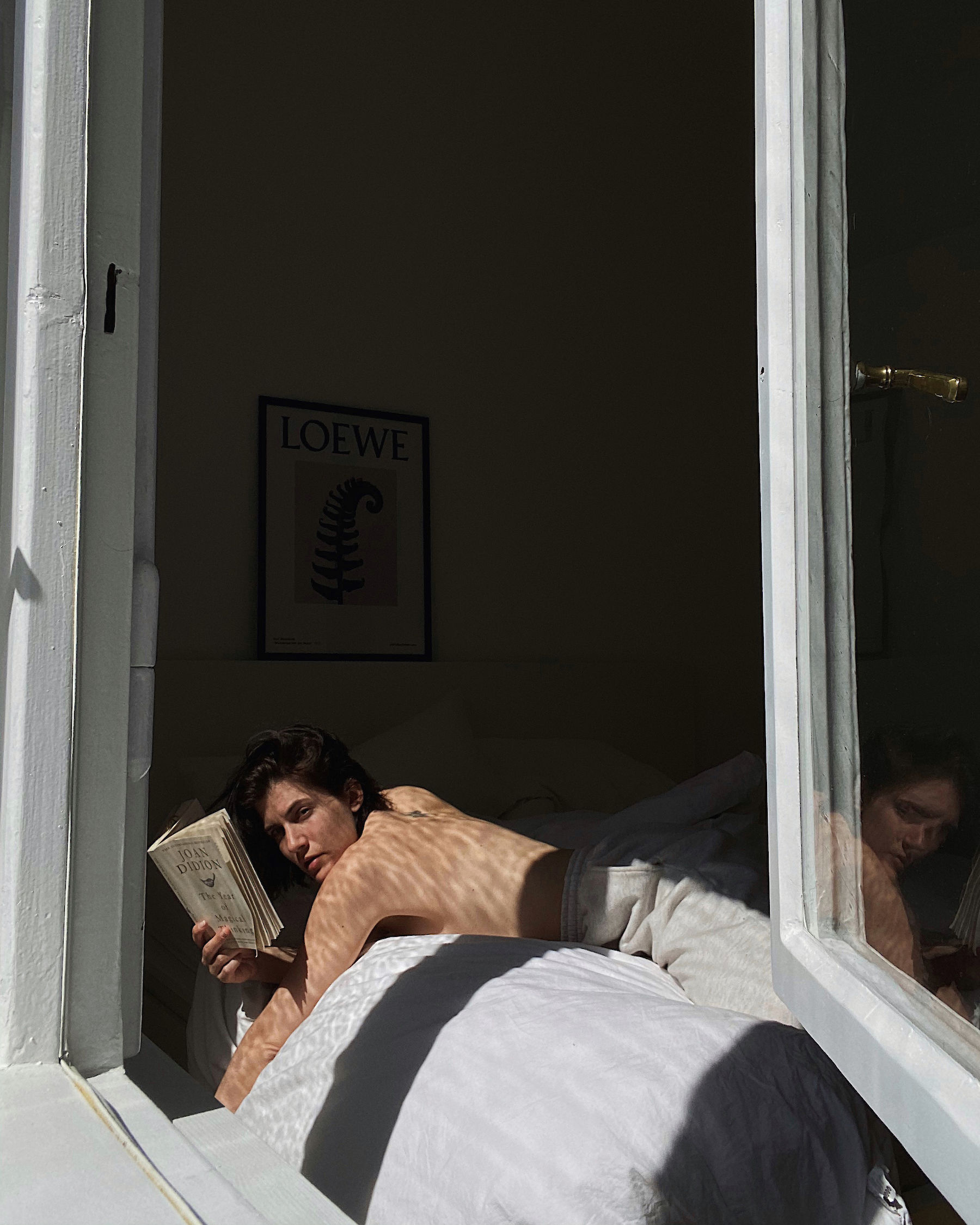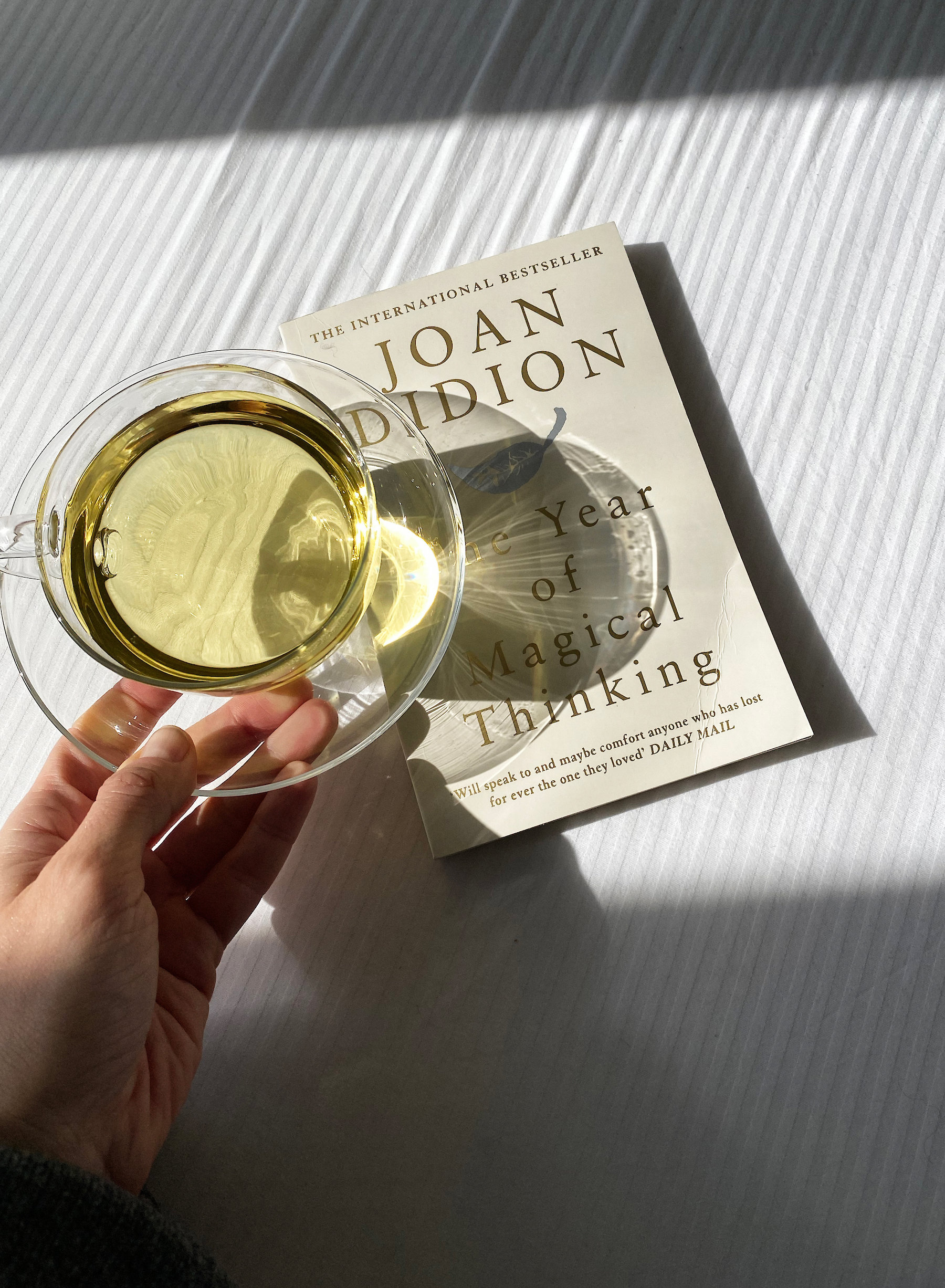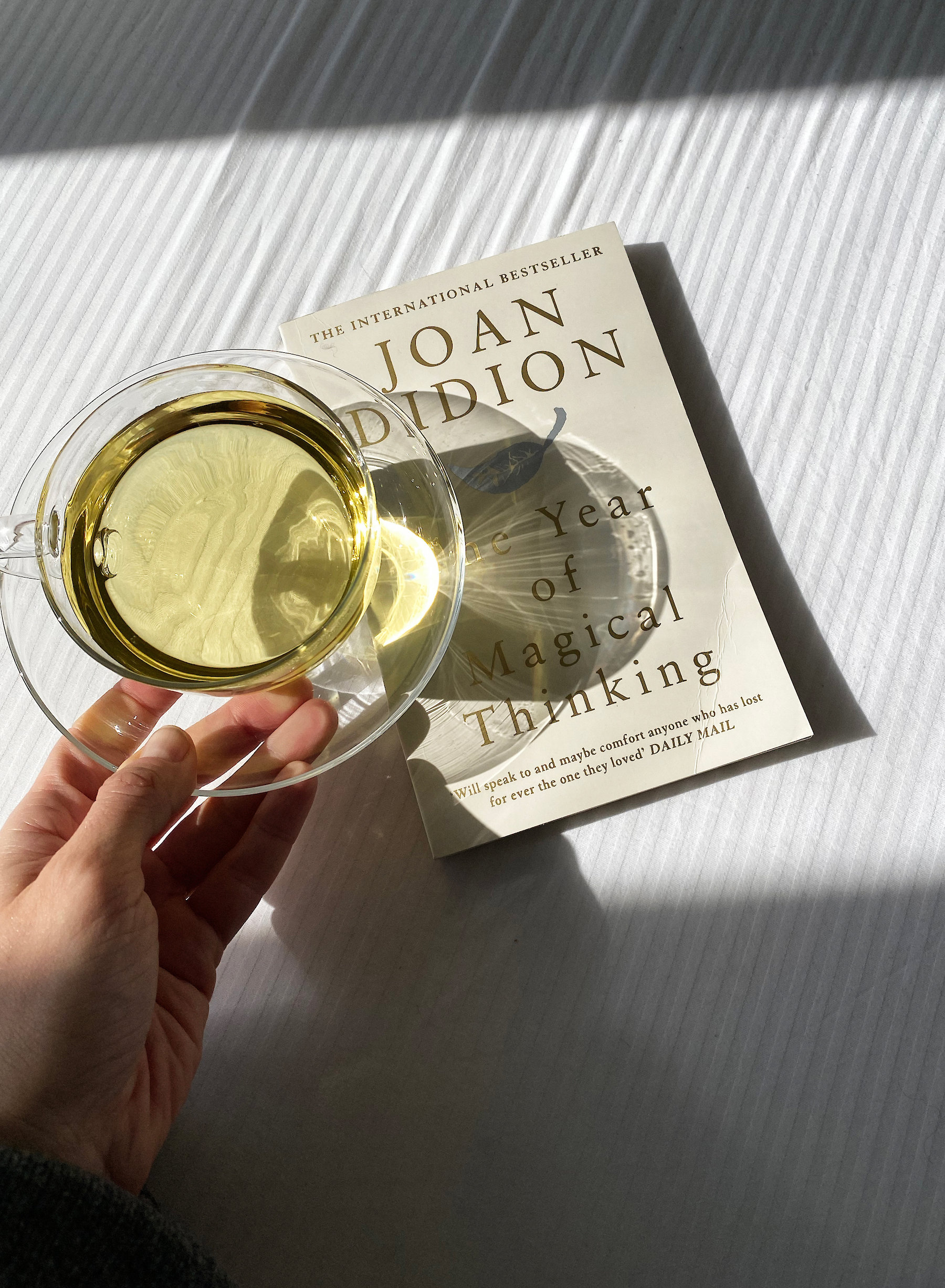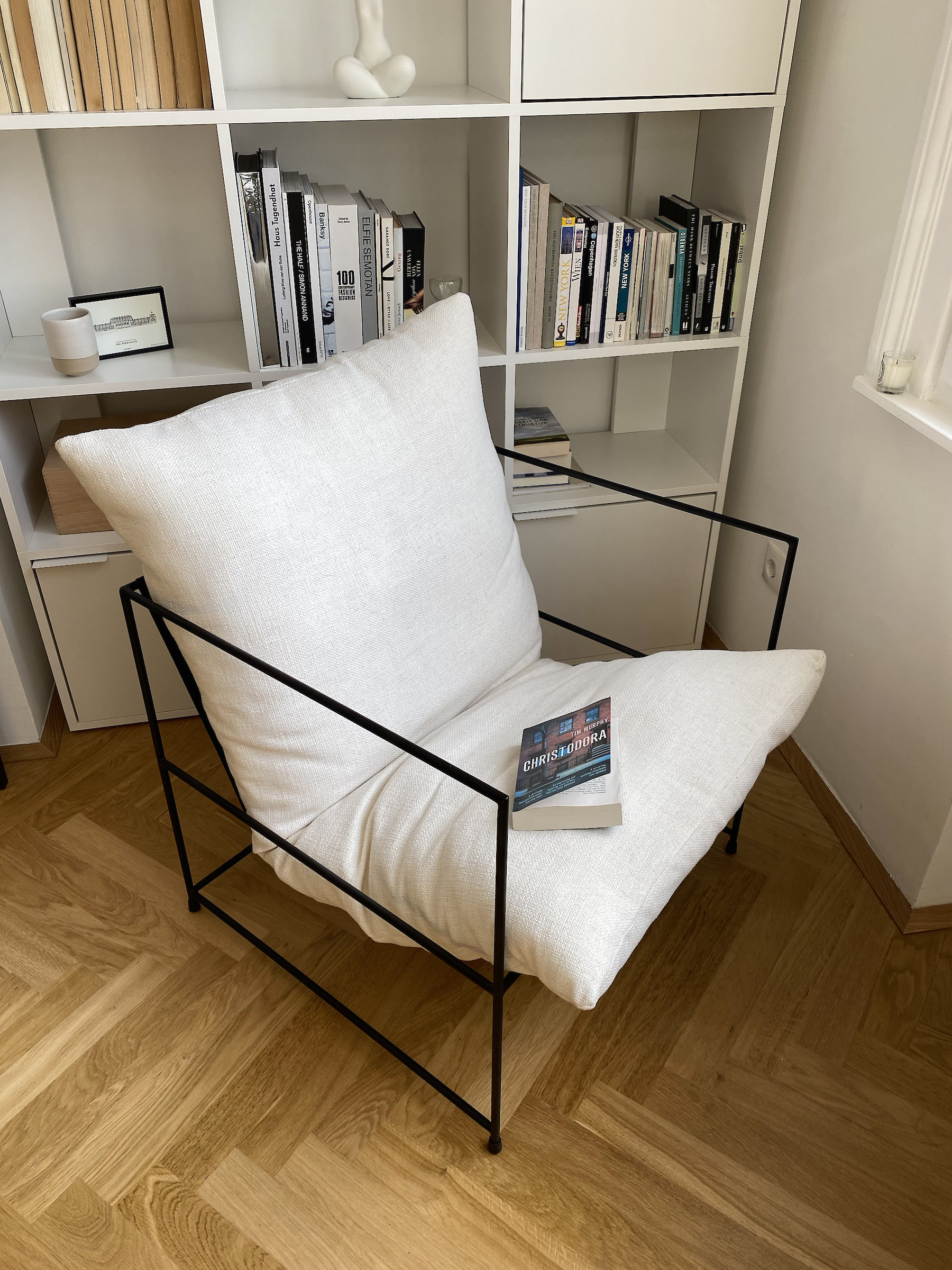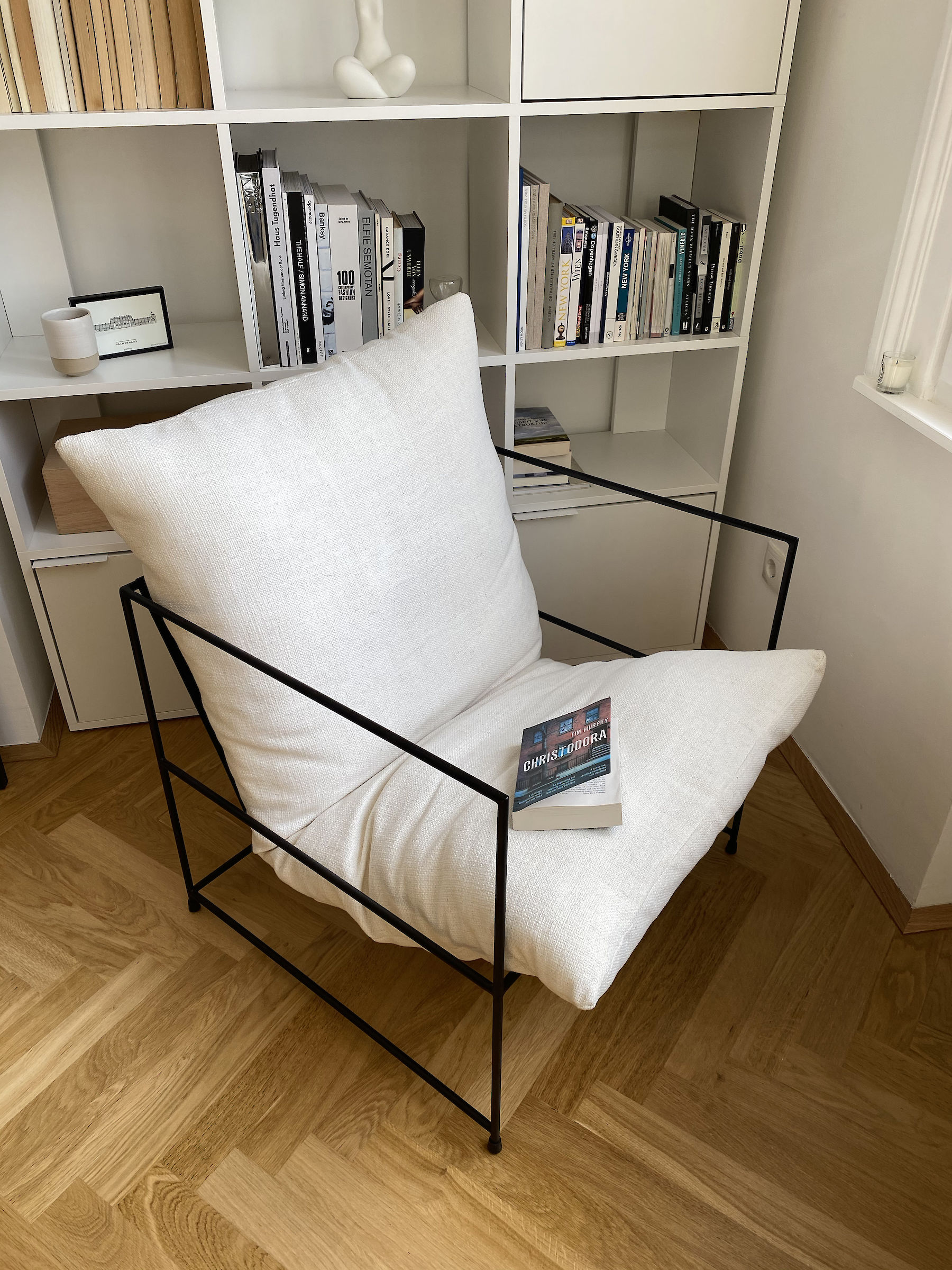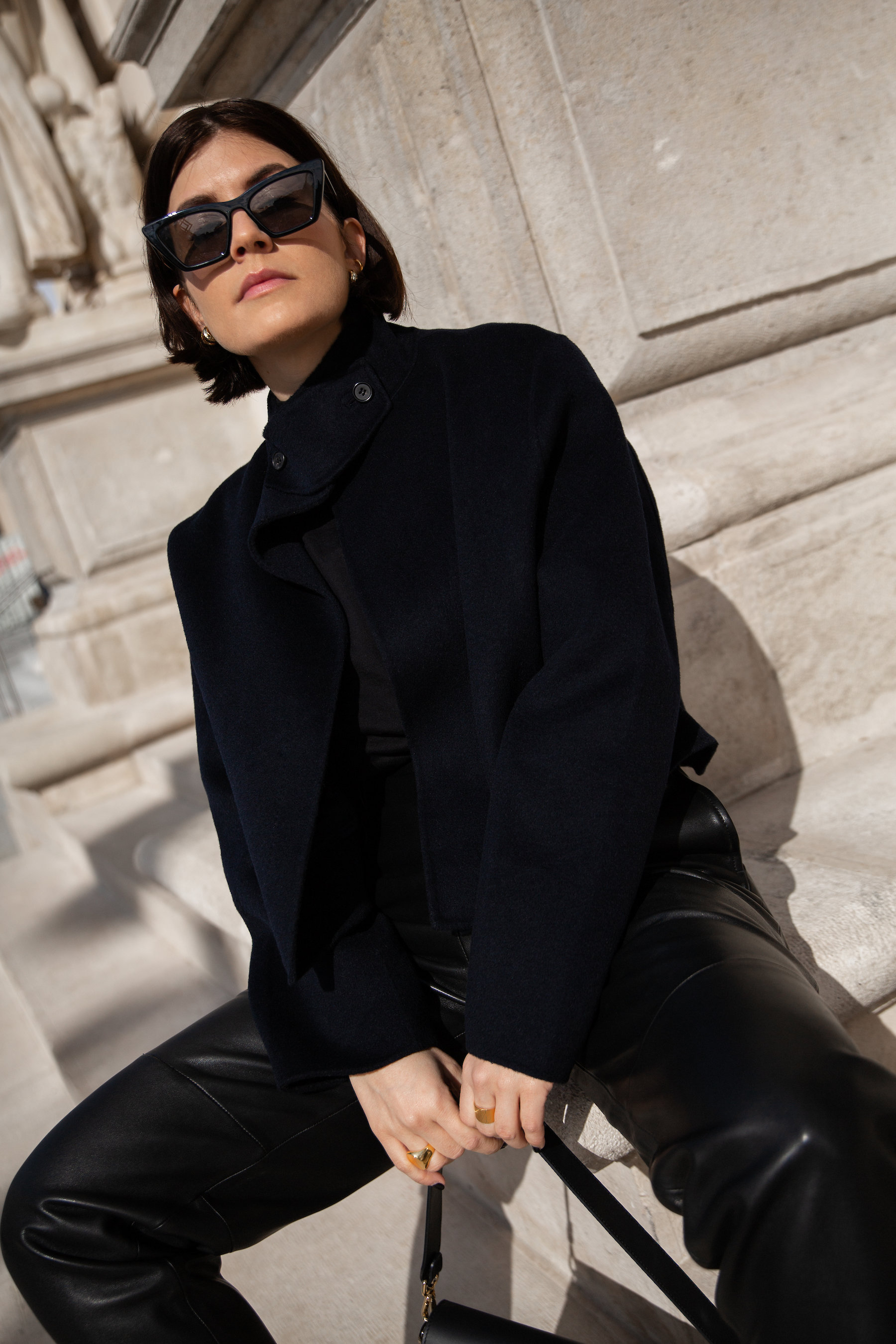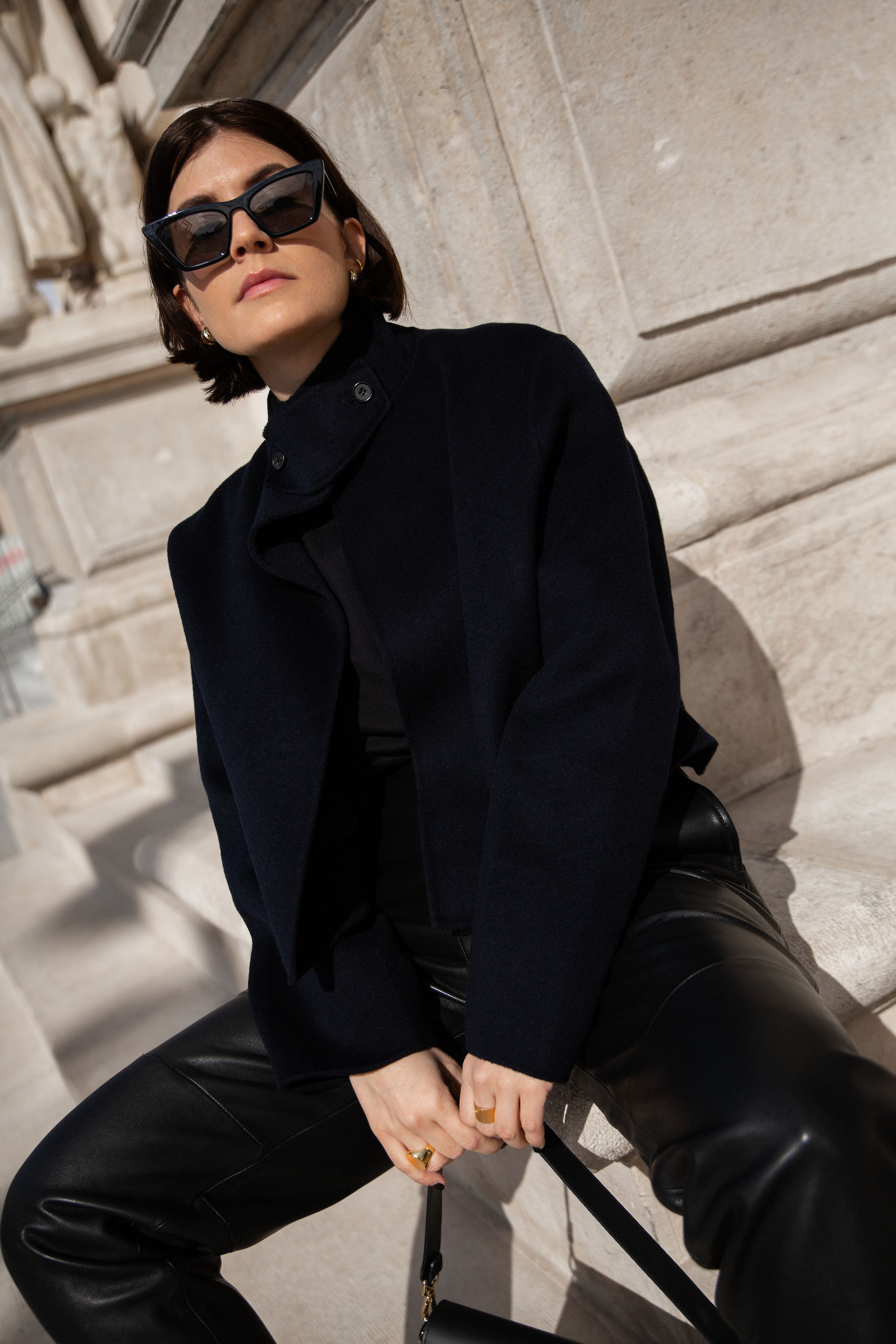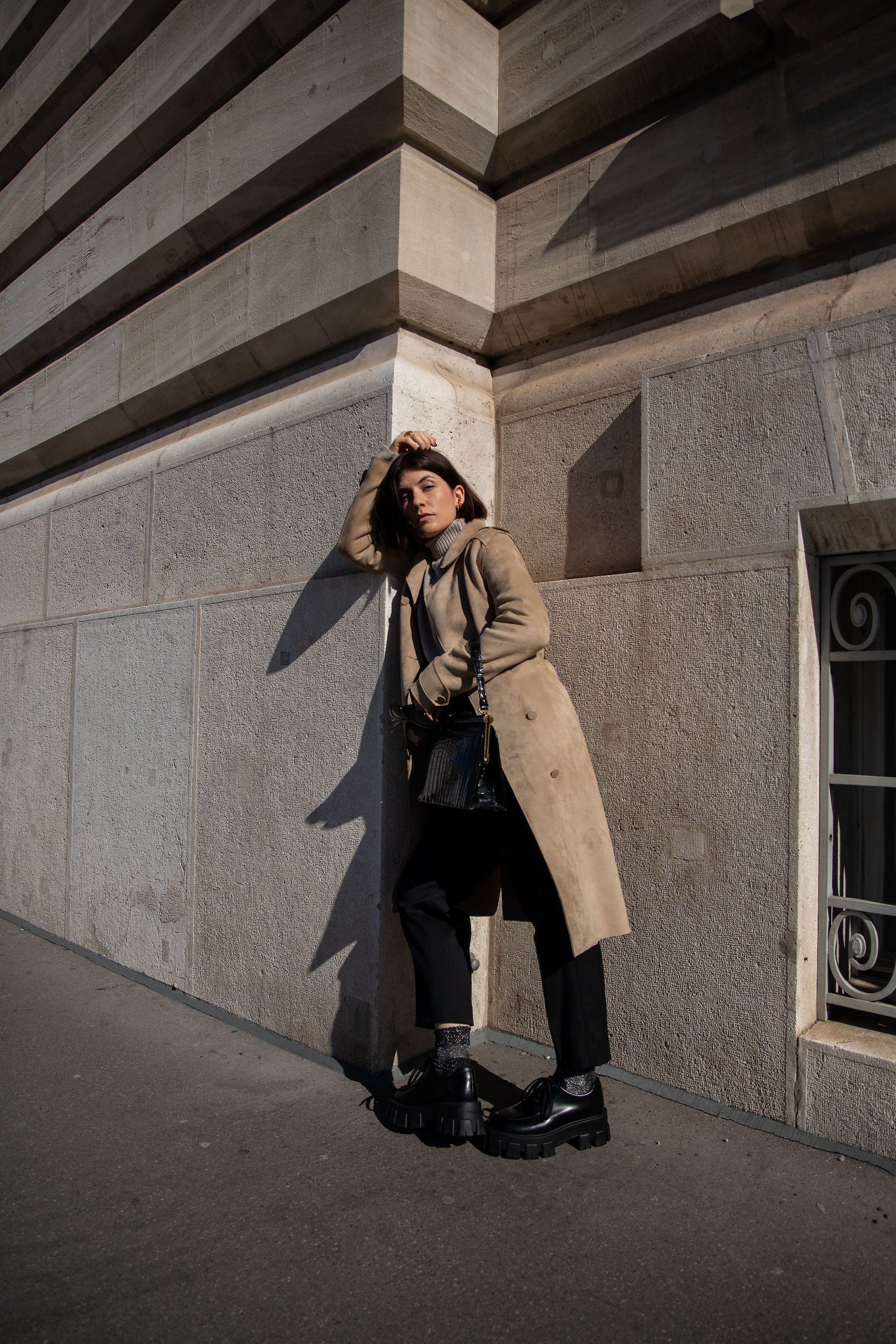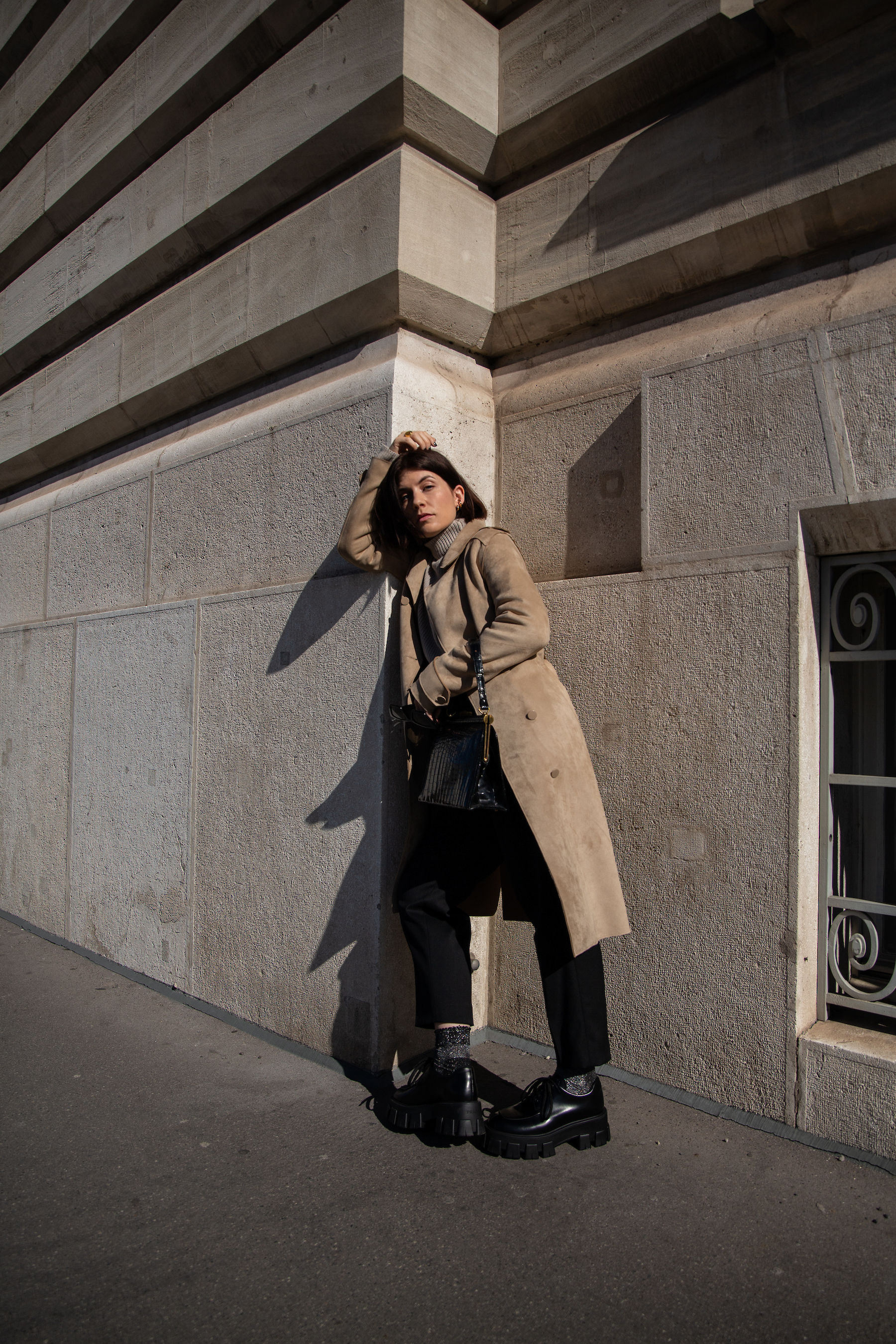Thoughts on Fashion Weeks
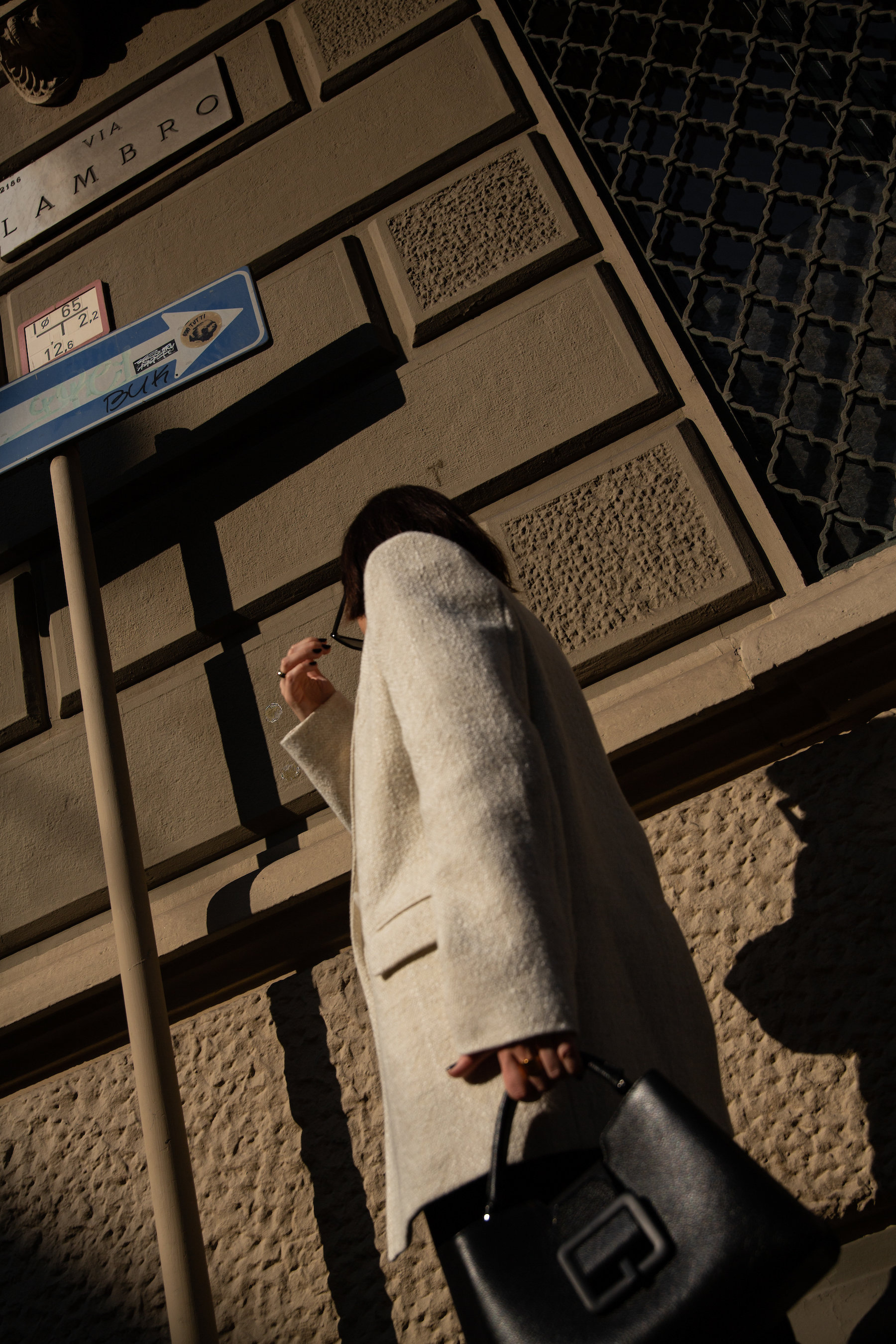
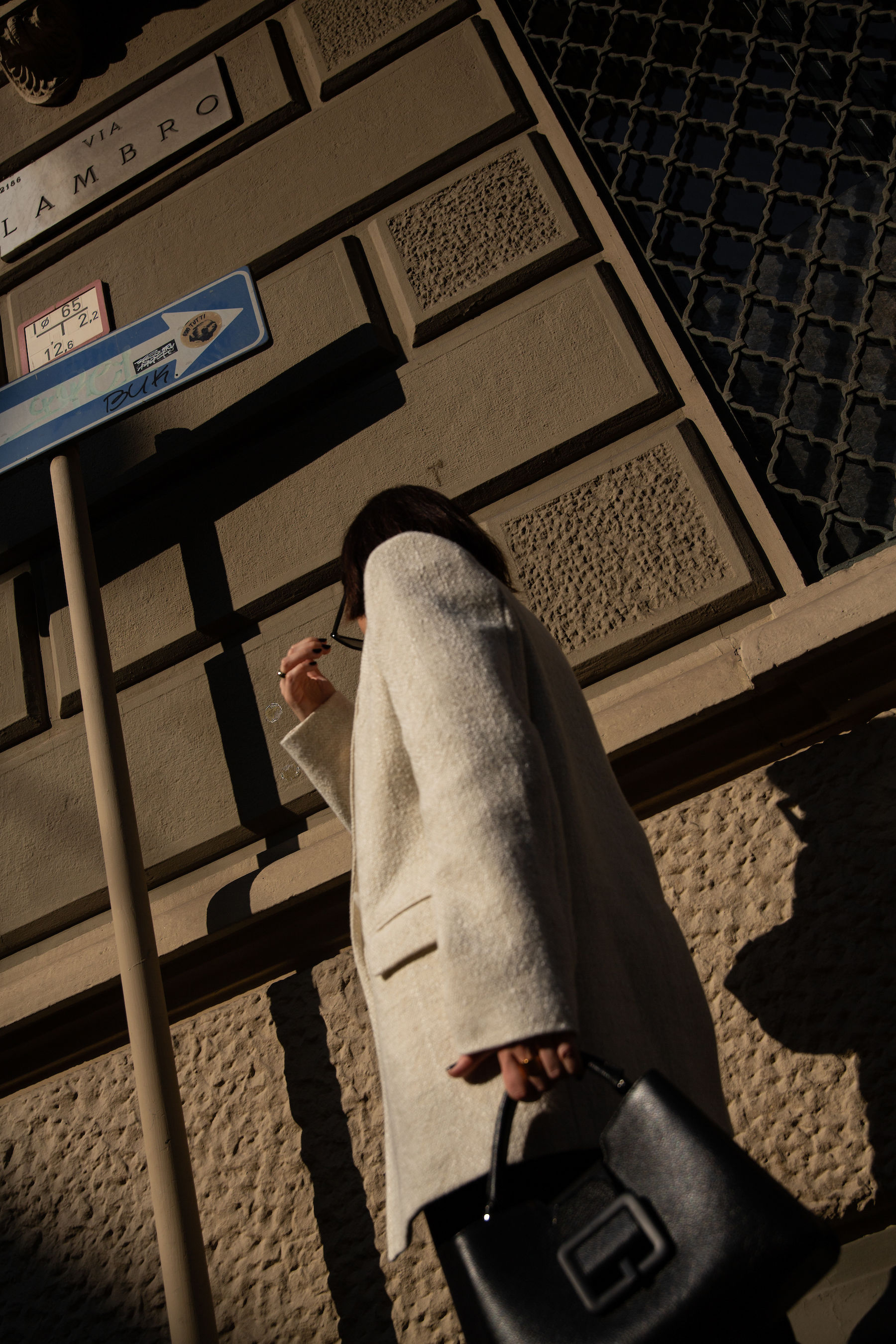
why the system of fashion weeks needs a change...
| Approx 9 minutes | Reading Time |
why the system of fashion weeks needs a change...
| Approx 9 minutes | Reading Time |
After my 9th fashion week season I allow myself to say that the system of fashion weeks has come a long way. What once started as exciting place to see new designs and exchange information has now become a fast-spinning carousel which tends to focus more on the outside than what's going on „inside“. Sometimes it even appears like the majority of fashion week attendees forgot why they were actually here in the first place. The air is full of self-expression and hustle.
Fashion weeks have reached their peak and slowly things start to shift. But let's start from the beginning...
The Beginning
Disclaimer: I'm talking about the beginning of social media as vital part of fashion weeks. Buyers and journalists have been attending fashion weeks for decades now, so I can't compare their knowledge to mine. I can only talk about my experience as fashion blogger, who works in the industry since 2011.
I remember my first fashion shows in Paris, where me and my colleagues were perceived as aliens. Suddenly the front row wasn't solely for the media – a new profession took the shows by storm: Bloggers. People just didn't know what we were doing there and what our actual job was. Journalist? Photographer? Analyst?
I was schlepping whole camera equipments to the shows, sitting front row at e.g. Louis Vuitton (being one of just a few who got a ticket made me feel very honored) and taking pictures with my huge Canon camera. Phones did not really matter, Instagram was just at its very beginning. Every goodie bag made me freak out, everything was exciting and we Bloggers somehow became a unit.
Fashion week was about fashion, design ideas and innovations.
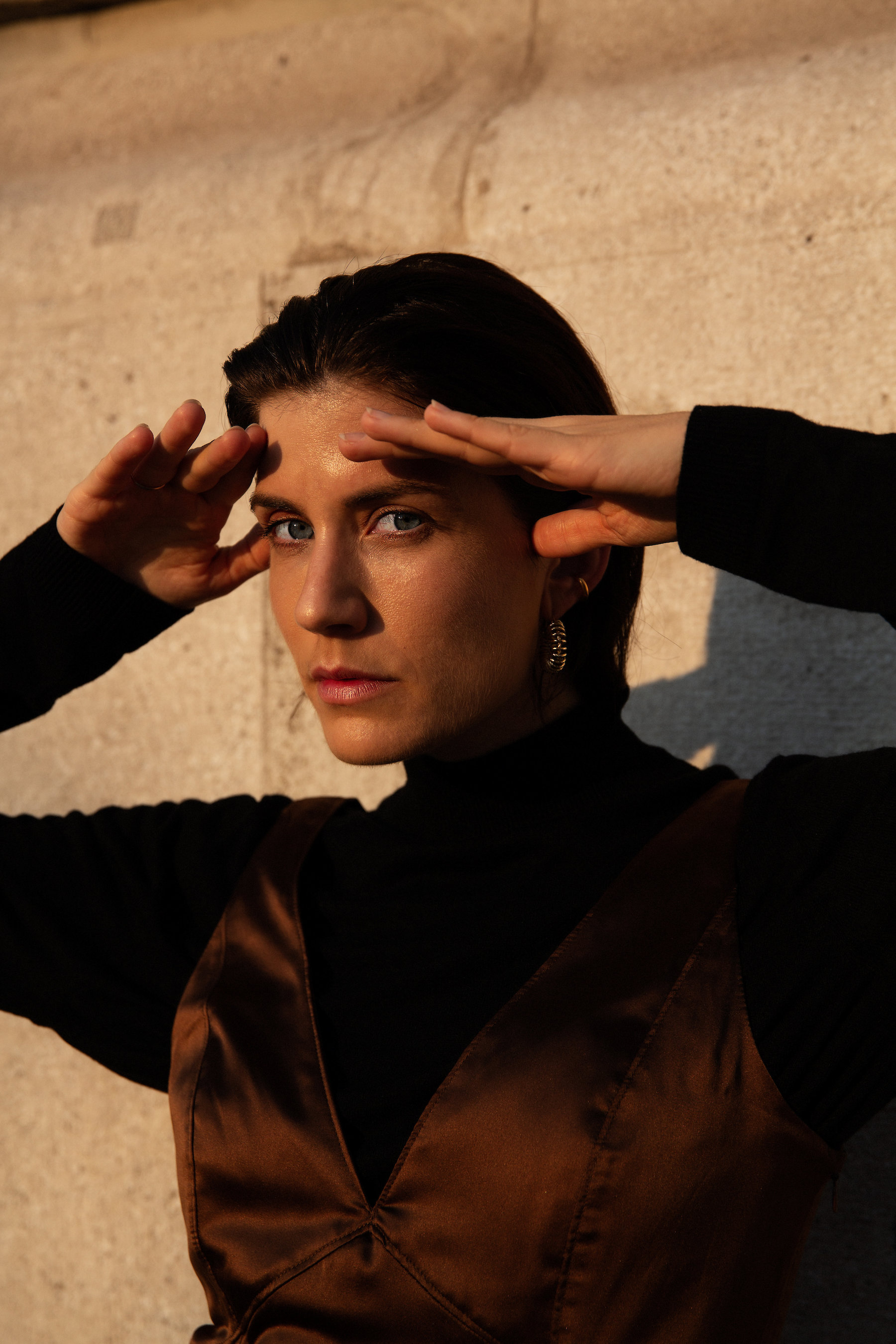
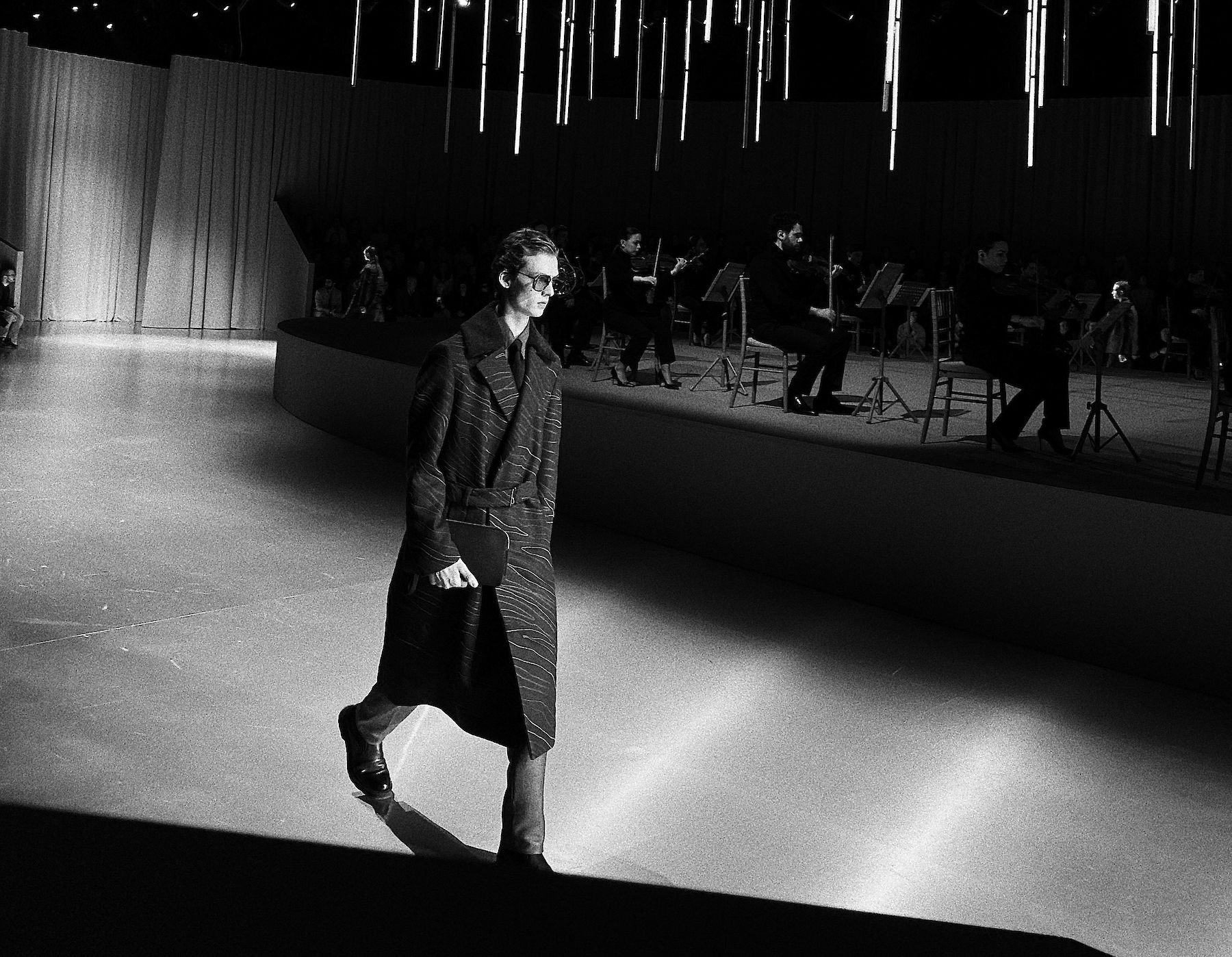
The Hype
With the rise of Instagram, fashion bloggers became really relevant and the term Influencer (= people with a large social media following who had no blog or youtube channel) started to appear. Well, today literally everyone is an Influencer but back in 2016 there was a difference.
The Blogger became the Instant Reporter, posting and livestreaming shows on Instagram. Which changed the system of fashion shows completely. Suddenly everything happened through the phone. The follower could now see the new collections instantly, long before they got printed in magazines or even posted on Blogs.
The front row system totally changed and became a currency of importance. Bloggers started to collect front row seats, while the actual designs did not matter to some. Understandably that displeased lots of established editors – and it still does.
For some people the outside got more interesting than the actual show. Streetstyle got huge. First it's been just a few photographers who captured the unique style of editors and bloggers. Remember the Sartorialist? Stockholm Streetstyle? Bill Cunningham? In 2016 there were already hundreds of photographers.
The downside? Because there was lots of attention towards Streetstyle Photography, Bloggers, Celebritys and Influencers got dressed head-to-toe by brands. They still are. And with that streetstyle got bitter-sweet. It became a profitable business but it lacks personality. Now mostly the super famous are being photographed and published. All in full designers looks, wearing the next collections. This was never interesting for me – I wanted to combine designer pieces with my existing wardrobe. Mix and match, like I always do. The pressure to wear a brand head-to-toe just to please the PR and maybe get another invite next year really got to me. I started to question my job and my way to share information with my audience. Do I wanna please people or do I wanna share things I really believe in? Things that really inspire me? So I got back to where I've started...
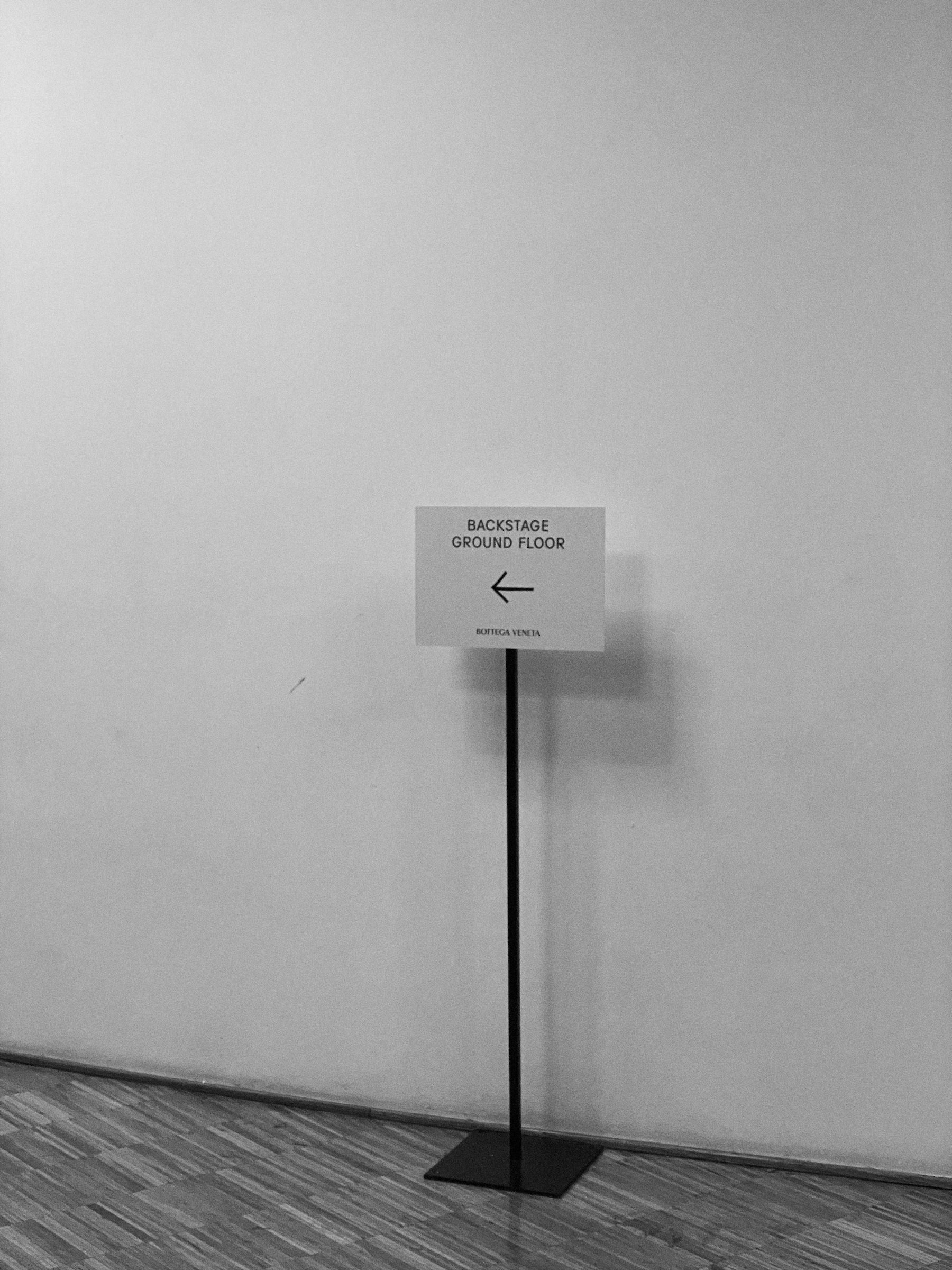
A Slow Change
Because now fashion houses are also livestreaming their shows, because magazines are also instantly reporting, the system of fashion weeks changed again. It's not that exciting any more. It's nothing „new“ and the industry loves the „NEW“. And the customer does not want to wait for 6 months until he can buy what he has just seen. This system does not match the modern needs.
Don't get me wrong: Fashion weeks are still exciting. Lots of new designs, fresh information and always something new. You'll meet dear colleagues, lovely editors and PR's. But all this output from Berlin / Copenhagen / New York / London / Milan / Paris is also exhausting. You'll be at the highest stress level which leads to a lack of creativity. You might feel exhausted, superficial and lonely. Or fat, because this industry is a bubble of its own and the preferred body image is just not the average. You feel the pressure of super fast output, which gives you no time to think about the just-seen. What did I like about the show? What was the message? In the last years it was just a content explosion on Instagram and Instagram Stories, leading to a swamp of information which often left the audience overwhelmed and confused.
So things started to shift last season. My Colleagues started to skip fashion weeks, the Followers started to ignore show content for the sake of more relatable output (like background information, every day Outfits, insights etc) and people started to discuss about ethical values and the industry's impact on our climate.
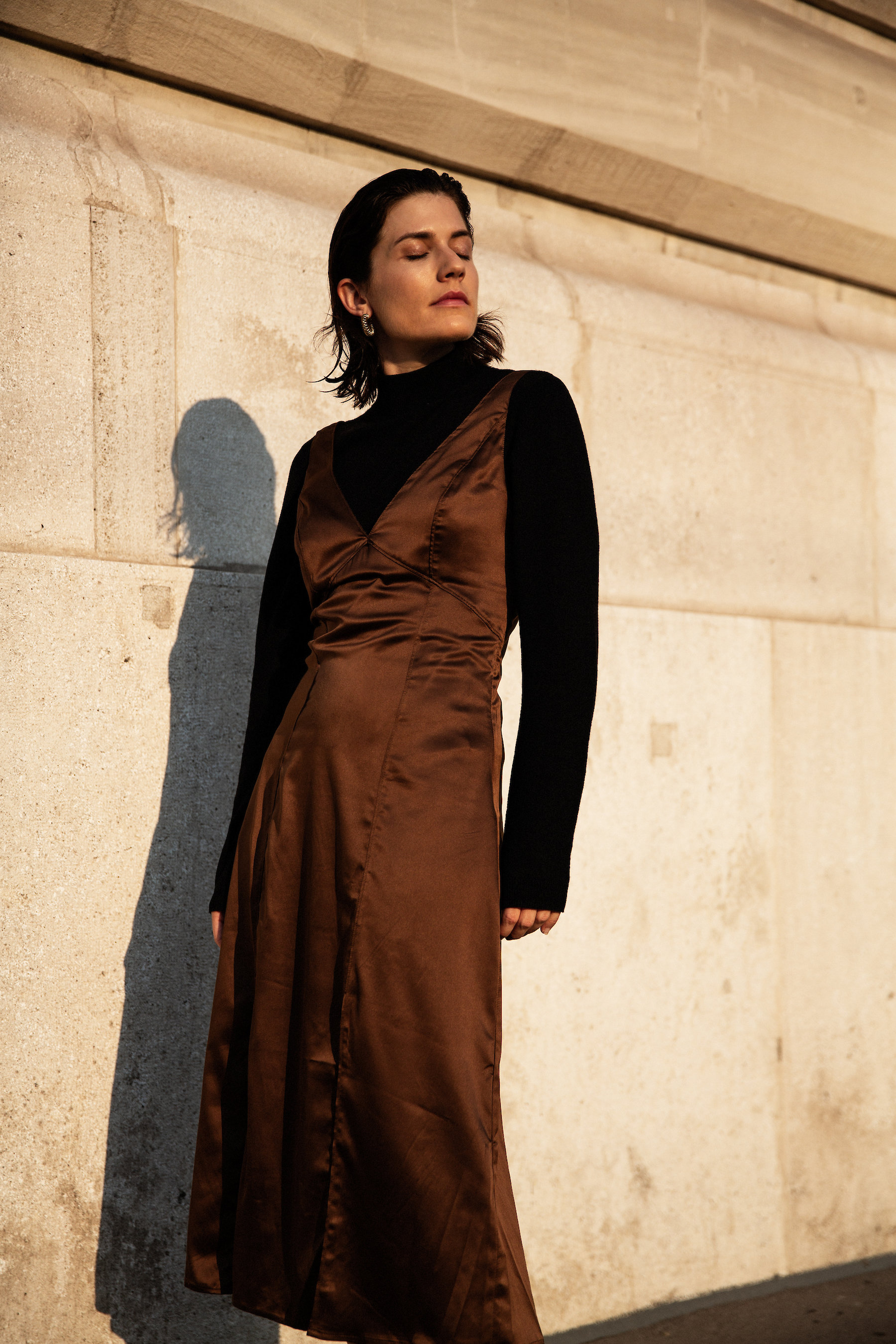
A NEW DECADE
2020 calls for a fresh start and crucial changes. This season quite a few brands started to reflect on the fashion system and let go of old practices that are no longer serving to a modern, more considered way of working (and consuming). Brands like Tibi, Phillip Lim, Nanushka, Tom Ford – just to name a few - decided to skip shows or locations and chose to find other ways of presentations instead. Especially for brands with a younger, social media focused audience it makes totally sense to present the collections in a more fashion-forward way. Copenhagen Fashion Week for example is the first to launch a three-year action plan for a more sustainable development of the fashion industry, setting new standards for fashion week participation and planet-conscious consuming. As for me I think a lot about climate crisis and fashion is definitely a part of the problem. And that being said I'm much aware that I'm part of the problem too. More about that soon.
I also feel like I can hardly share anything valuable with the community during fashion weeks. It's an overwhelming load of content out there, things are not available when I share them during fashion weeks. Although I try to show you different angles and aspects + more background information about the design process and the materials, I got the feeling that it's not relevant for you guys anymore. Today we don't want to wait over 6 months to get hold of a certain piece we've just fallen in love with on Instagram stories. And quite often I got the feeling that a certain bag/shoe/sweater is old news before it even hits the store – just because I've already seen it so much on Instagram. Surprisingly the see-now-buy-now concept did not succeed in the past seasons – so I really wonder what the future holds for the fashion industry.
Doing a show costs a designer a ton of money and stress. So is this form of presentation still worth it? Is it adding value to our life? To our way of consumption? How we perceive information?
And do we actually need to produce and buy so much new stuff every season?
I don't have the answer yet but to quote my dearest Aretha Franklin:
A Change is gonna come...
Feel free to discuss with me & share your thoughts on my Instagram channel.
